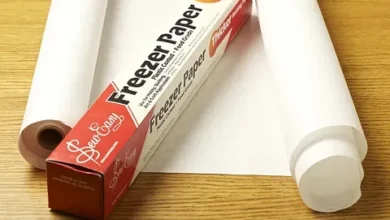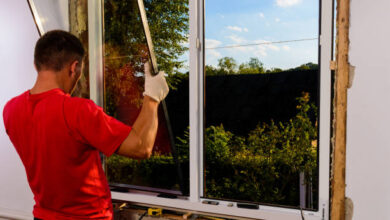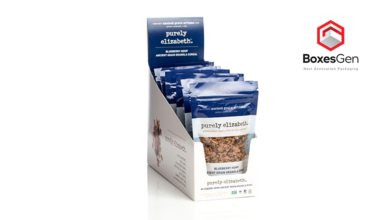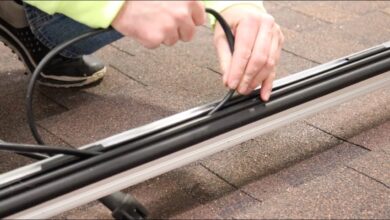How Long Do Metal Roofs Last and Are They Worth the Investment?
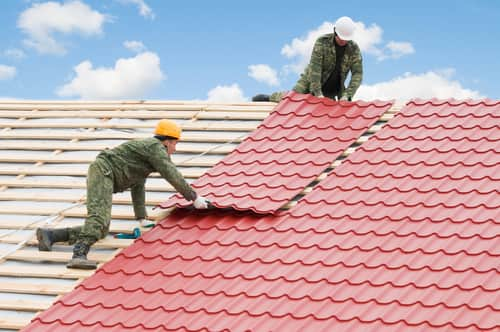
Metal roofing has emerged as a leading choice for homeowners seeking durability, energy efficiency, and aesthetic appeal. With a variety of styles, colors, and materials available, metal roofs not only enhance the visual appeal of a home but also provide long-lasting protection against harsh weather conditions. This article explores the benefits of metal roofing, helping you make an informed decision for your next roofing project.
Energy Efficiency and Environmental Impact
Metal roofs are energy-efficient, reducing cooling costs by reflecting sunlight. Their ability to lower energy usage makes them eco-friendly, while many are also made from recyclable materials, further enhancing their environmental benefits.
Installation and Compatibility with Existing Roofs
Metal roofing systems can often be installed over existing roofs, eliminating the need for removal and reducing landfill waste. The installation process depends on the roof’s complexity, making professional expertise crucial for achieving long-lasting results.

Extreme Weather Resistance
One of the significant benefits of metal roofs is their ability to withstand extreme weather, including high winds, hailstorms, and wildfires. This makes them a reliable choice for homeowners in areas with unpredictable climate patterns.
Maintenance Requirements
Minimal maintenance is required for metal roofs, with routine inspections and occasional cleaning being the most necessary tasks. Their resistance to moss, algae, and corrosion adds to the low upkeep required.
Cost vs. Long-Term Savings
Although metal roofs have a higher upfront cost compared to asphalt, their longevity, low maintenance, and energy savings make them more cost-effective over time. Their ability to increase home resale value adds further economic advantage.
Noise and Insulation
Properly installed metal roofs with adequate insulation can significantly reduce the noise from rain or hail. Solid sheathing beneath the metal panels helps make the noise level comparable to other roofing materials.
Aesthetic Versatility
Metal roofs are available in a variety of styles and colors, making them suitable for different home designs. Whether opting for traditional shingles or standing seam panels, the aesthetic versatility of metal roofs appeals to homeowners with diverse preferences.
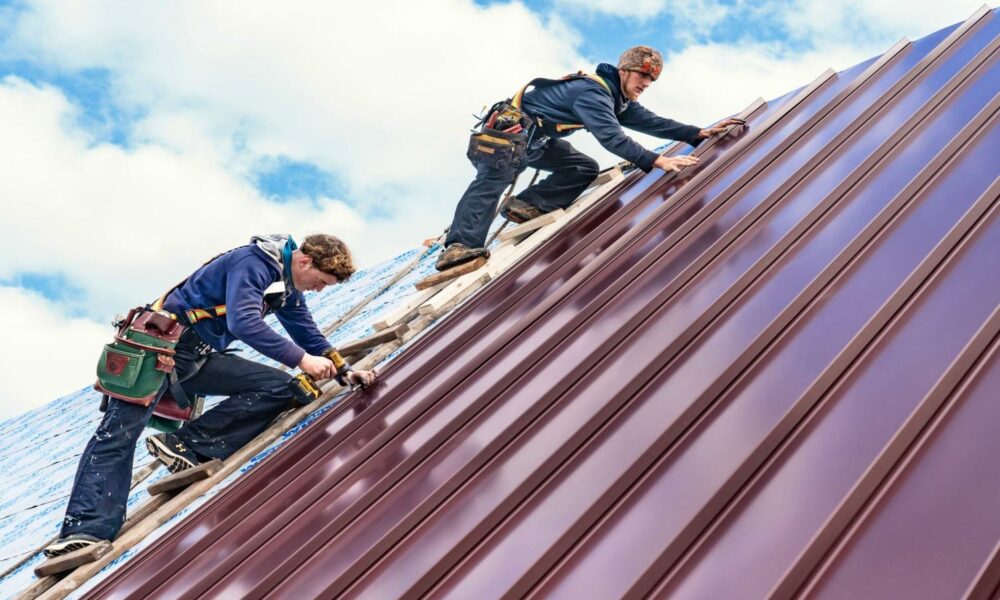
Environmental Sustainability
Metal roofs are highly sustainable, often containing recycled materials and being fully recyclable at the end of their life. They help reduce the environmental footprint compared to traditional asphalt shingles, which contribute to significant landfill waste.
Conclusion
Metal roofing systems offer a compelling combination of durability, energy efficiency, environmental sustainability, and low maintenance. Despite the higher initial cost, their long lifespan and numerous benefits make them an attractive choice for homeowners seeking a long-term roofing solution.
FAQ
How long do metal roofs last?
Metal roofs typically last between 40 and 70 years, making them far more durable than traditional roofing materials like asphalt shingles, which last 12 to 20 years.
Are metal roofs energy-efficient?
Yes, metal roofs are highly energy-efficient, reflecting sunlight and reducing cooling costs by up to 40%. Their reflective coatings and materials help regulate indoor temperatures.
How well do metal roofs handle extreme weather?
Metal roofs are extremely durable, withstanding high winds, heavy snow, and even wildfires. Their resistance to extreme weather makes them ideal for areas with unpredictable climates.
Is a metal roof noisy during rain or hail?
With proper insulation and installation, metal roofs are not significantly noisier than other roofing materials during rain or hail. Solid sheathing helps to minimize noise levels.
How much does a metal roof cost?
The upfront cost of a metal roof ranges from $7 to $12 per square foot installed. While the initial expense is higher than asphalt shingles, the long-term savings from durability and energy efficiency are significant.

